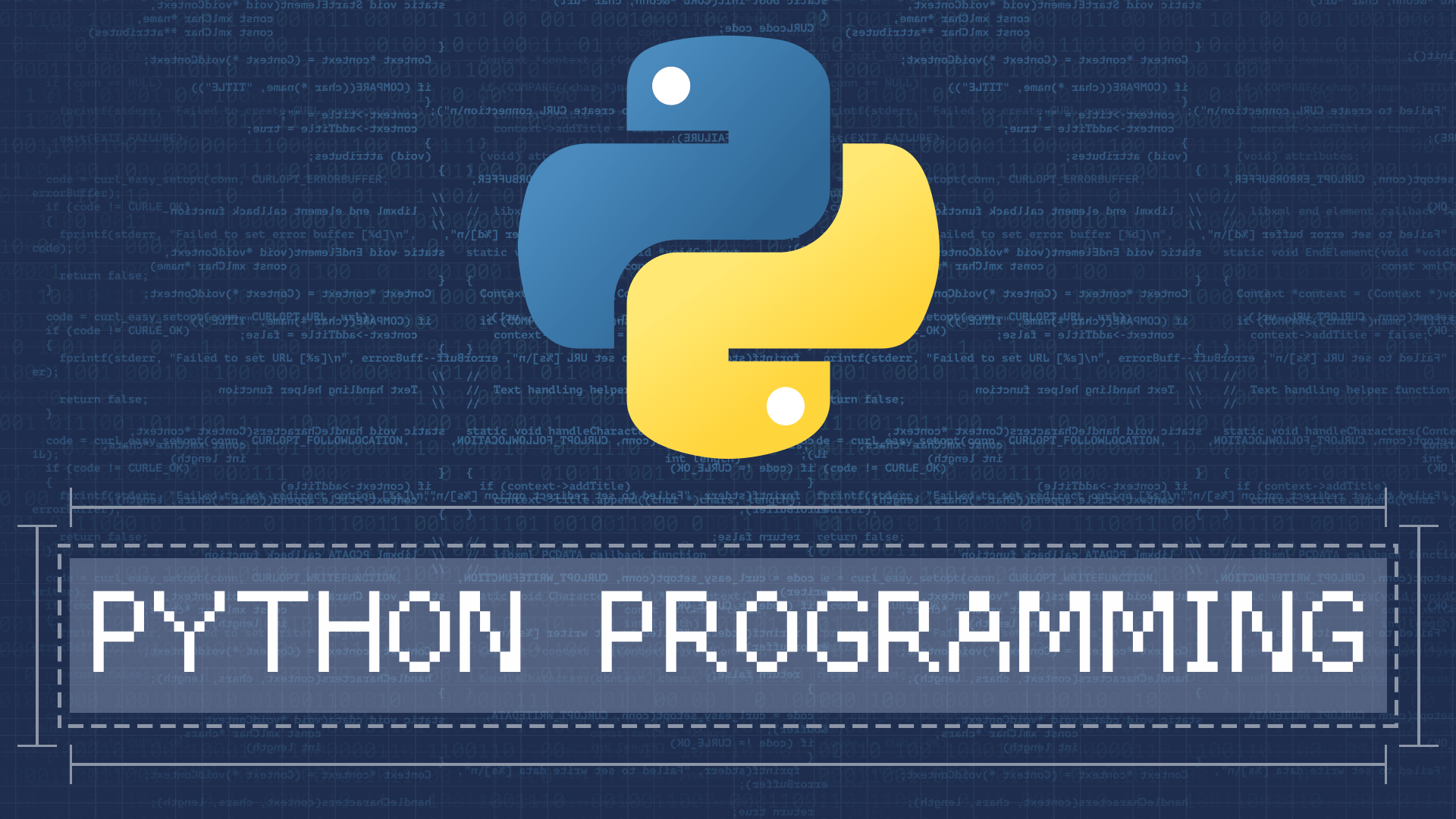Python ** Defined (Double Star Or Double Asterix)
페이지 정보
작성자 Leonel 작성일24-12-27 16:07 조회3회 댓글0건관련링크
본문
Consider a scenario where you might be working with massive data units or performing numerous calculations. In such a case, the optimum selection for memory and efficiency would likely be the double-star operator. The elevated effectivity could result in a more streamlined execution course of, potentially decreasing the computational burden on your system. Performance : File dealing with operations in Python may be slower than other programming languages, particularly when coping with giant files or performing complex operations. What's Python file handling? Python file handling refers back to the strategy of working with files on the filesystem. It involves operations reminiscent of reading from information, writing to files, appending data and managing file pointers. ] corresponds to the values. ] was used to face for the values. Loops are sometimes used to iterate and manipulate sequential data varieties. The for loop in Python may be very similar to different programming languages. We will use break and continue statements with for loop to change the execution. Nevertheless, in Python, we are able to have non-compulsory else block in for loop too. I hope you could have gained some fascinating ideas from the tutorial above. You probably have any questions, let us know within the feedback under.
Thread Safety: When using customized features in a multi-threaded environment, ensure your features are thread-protected. Consider using connection per thread.For more advanced database operations, you may want to take a look at Python SQLite3 execute() Technique Information or learn about committing changes. SQLite's performance with customized Python functions. It allows you to implement specialised calculations and operations immediately in your SQL queries. We will get out of the for loop utilizing the break assertion. It will terminate the for loop execution and the code block won’t be executed for the remaining components of the iterable. This is helpful after we found what we are searching for and don’t must course of different components of the iterable. Now, if you're eager about realizing methods to implement data science concepts with Python, you may undergo this weblog on Python Knowledge Science tutorial. Further, check out our affords for the Python certification course (https://tobesmart.co.kr/bbs/board.php?bo_table=free&wr_id=2459643). You too can undergo these free Python Coding Interview Questions ready by industry experts.
It is necessary to know Python's fundamental ideas to put it to use efficiently. Variables are used to carry data in Python and don't have to be explicitly declared. A variable's knowledge sort is robotically ascertained by looking at the worth that is assigned to it. Management constructions manage the circulation of execution in a program. Object-oriented programming, which divides code into lessons and objects, is supported by Python. Python has strong error and exception dealing with features that be sure this system can deal with unexpected circumstances politely. The next table lists the line plot kinds. Keep in mind that you may also use these styles with different sorts of plots. For instance, a scatter plot can use these styles to outline each of the information points. When in doubt, attempt the types to see whether they’ll work together with your specific plot. It’s kind of amazing to assume that IPython offers you with magic, however that’s precisely what you get with the magic capabilities. Most magic capabilities begin with either a % or %% signal. Those with a % signal work throughout the surroundings, and people with a %% sign work on the cell stage.

Note: For extra data, refer Python Sets. Dictionary in Python is an unordered assortment of knowledge values, used to store data values like a map. Dictionary holds key:value pair. Each key-worth pair in a Dictionary is separated by a colon :, whereas every key is separated by a ‘comma’. Notice: For more information, refer Python Nested Dictionary. Every thing in Python is treated as an object so each variable is nothing however an object in Python. A variable can be either mutable or immutable. If the variable’s value can change, the thing is named mutable, whereas if the worth cannot change, the article is named immutable. We'll learn the difference between mutable and immutable types within the later section of this article.
In the Automate the Boring Stuff with Python on-line book, you'll learn about dictionaries, strings, debugging, common expressions and extra. In case you favor a video format, then you can undergo the YouTube collection that Al Sweigart put together. On this 12 hour YouTube Edureka course, you will study features, loops, lists, conditionals, error handling and more. This course will even discuss career alternatives in Python and salary expectations for Python developers. In this TechWorld with Nana YouTube course, you'll find out about strings, variables, OOP, practical programming and extra. Additionally, you will build a few initiatives together with a countdown app and a mission focused on API requests to Gitlab. In Python, you can retailer values to variables. The value of a variable can then be changed all through the execution of this system. As you'll be able to imagine, storing information is important to a computer program. As an example, a typical recreation utility keeps monitor of some form of rating. Behind the scenes, the score is a variable that's updated based on certain actions. This can be a complete guide on variables in Python.
댓글목록
등록된 댓글이 없습니다.

